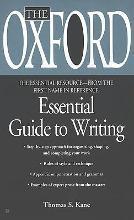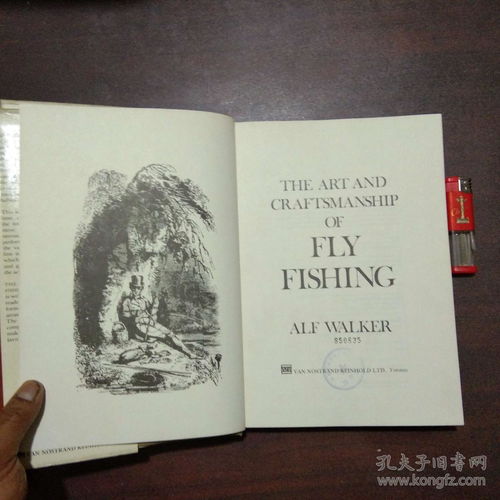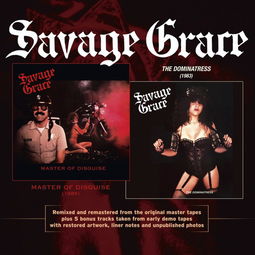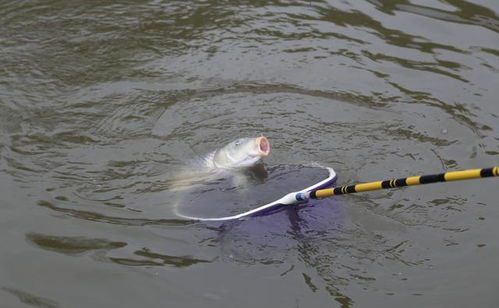Content:
Fishing is an ancient pastime that has been cherished by enthusiasts of all ages. Whether you're looking to unwind on a serene lake or challenge yourself on a bustling river, mastering the art of fishing is essential. One of the key elements to successful fishing is understanding how to use bait effectively. In this article, we'll delve into the world of fishing and provide you with essential beginner's tips on how to use bait like a pro.
Understanding Bait Types
Before diving into the specifics of bait usage, it's crucial to understand the different types of bait available. Here are some common bait types:
Natural Bait: This includes live bait such as worms, minnows, or leeches, as well as dead bait like nightcrawlers, fish parts, or chicken liver.
Artificial Bait: These are man-made lures designed to mimic the movement and appearance of natural prey. They come in various shapes, sizes, and colors.
Soft Plastic: Soft plastic baits are flexible and can be molded into various shapes. They are often used for bass and panfish.
Hard Plastic: Hard plastic baits are rigid and can be used for a variety of species, including walleye and pike.
Jigs: Jigs are weighted lures that are designed to sink and are often used in conjunction with live bait or artificial lures.
Spoons: Spoons are metallic lures that are designed to flutter through the water and are effective for a wide range of fish species.
Choosing the Right Bait
The choice of bait depends on several factors, including the type of fish you're targeting, the conditions of the water, and your personal preference. Here are some tips to help you choose the right bait:
Research the Species: Different fish species have varying preferences when it comes to bait. For instance, catfish are known to be attracted to stink bait, while bass often prefer live bait like worms or minnows.

Consider the Water Conditions: Clear water requires more subtle and natural-looking baits, while murky water can accommodate brighter and more colorful baits.
Weather Conditions: Fish behavior can be influenced by weather conditions. On hot days, fish may be more active, and you might need to use more lively baits. On cooler days, slower and more natural presentations might be more effective.
How to Use Bait Effectively
Once you've chosen the right bait, here are some tips on how to use it effectively:
Presentation: The way you present your bait can make a significant difference. For natural bait, a gentle, lifelike presentation is often best. For artificial baits, experiment with different retrieves and retrieves to see what the fish respond to.
Timing: Timing is crucial when it comes to fishing. Pay attention to the fish's behavior and try to mimic their natural feeding patterns.
Rigging: The way you rig your bait can also impact your success. For example, a Carolina rig is effective for bottom-hugging fish like bass, while a Texas rig is better for fish that suspend in the water column.
Patience: Be patient and give the fish time to respond to your bait. Sometimes, it takes a few minutes for them to notice what you're offering.
Experimentation: Don't be afraid to try different baits and techniques. The more you fish, the better you'll understand what works best in different situations.
Conclusion
Mastering the art of bait usage is a skill that takes time and practice to develop. By understanding the types of bait available, choosing the right bait for the situation, and mastering the presentation, you'll be well on your way to becoming a proficient angler. Remember, fishing is as much about patience and observation as it is about technique. With practice and a willingness to learn, you'll soon be reeling in fish with the best of them. Happy fishing!












